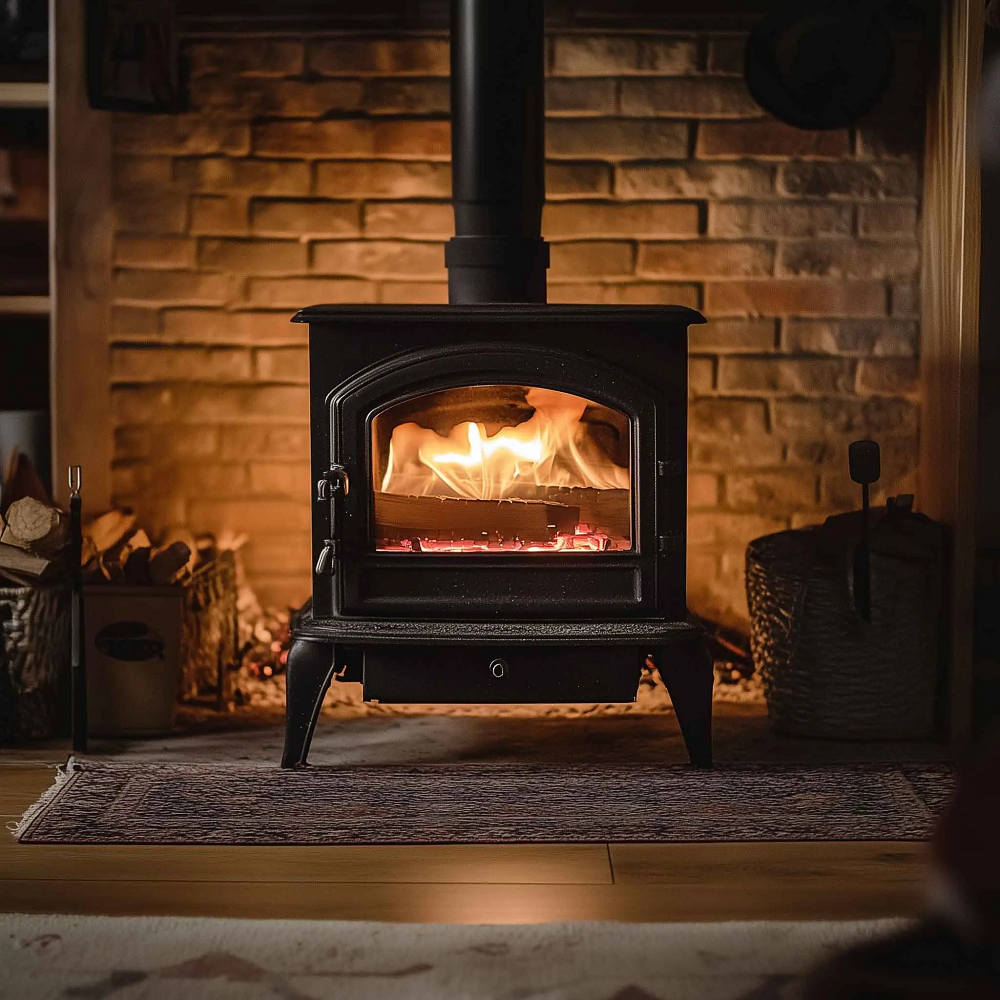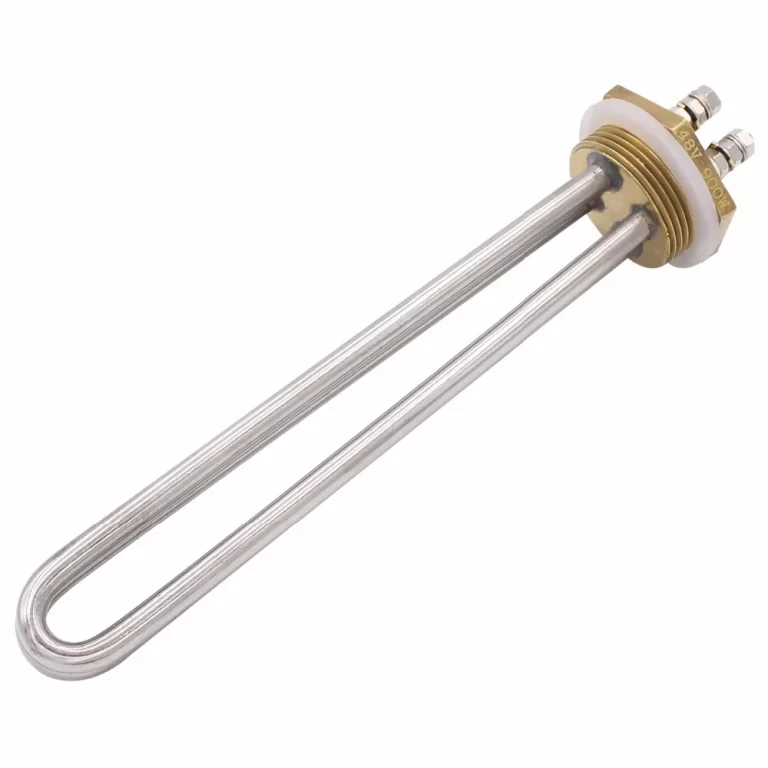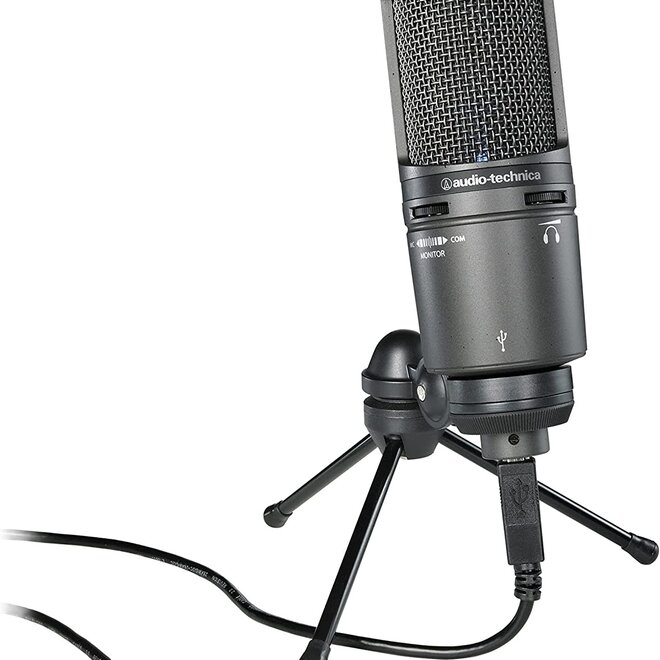As winter approaches, keeping your home warm and cozy becomes a top priority. Yet, many people face the challenge of rising energy bills as they try to heat their living spaces effectively. Fortunately, there are several cost-effective strategies you can implement cheapest way to heat a room without breaking the bank. This article outlines practical tips and cheapest way to heat a room on a budget, ensuring you stay warm and comfortable without overspending.
Understanding Your Heating Needs
Assessing Room Size and Insulation
Before selecting the best heating method, evaluate the size of the room you want to heat and its insulation. Larger rooms typically require more heat than smaller ones, and poorly insulated spaces allow heat to escape more rapidly. Start by measuring your room’s dimensions and determining whether it lacks adequate insulation. Check for drafts around windows, doors, and electrical outlets, as these can significantly affect your heating efficiency.
If you find your room is poorly insulated, consider investing in insulation improvements, such as weather stripping, caulking, or window film. These relatively inexpensive fixes can prevent heat loss and make your heating efforts much more effective. Understanding your room’s warmth requirements allows you to create a targeted heating strategy that suits your needs.
Identifying Existing Heating Sources
Take note of the existing heating sources in your room, such as central heating vents, radiators, or baseboards. Assess whether these are functioning efficiently and if any adjustments can enhance their performance. Sometimes, simply cleaning dust from heaters or rearranging furniture to ensure good airflow can significantly improve heating efficiency. Understanding your current heating situation helps you make informed decisions about where to focus your efforts.
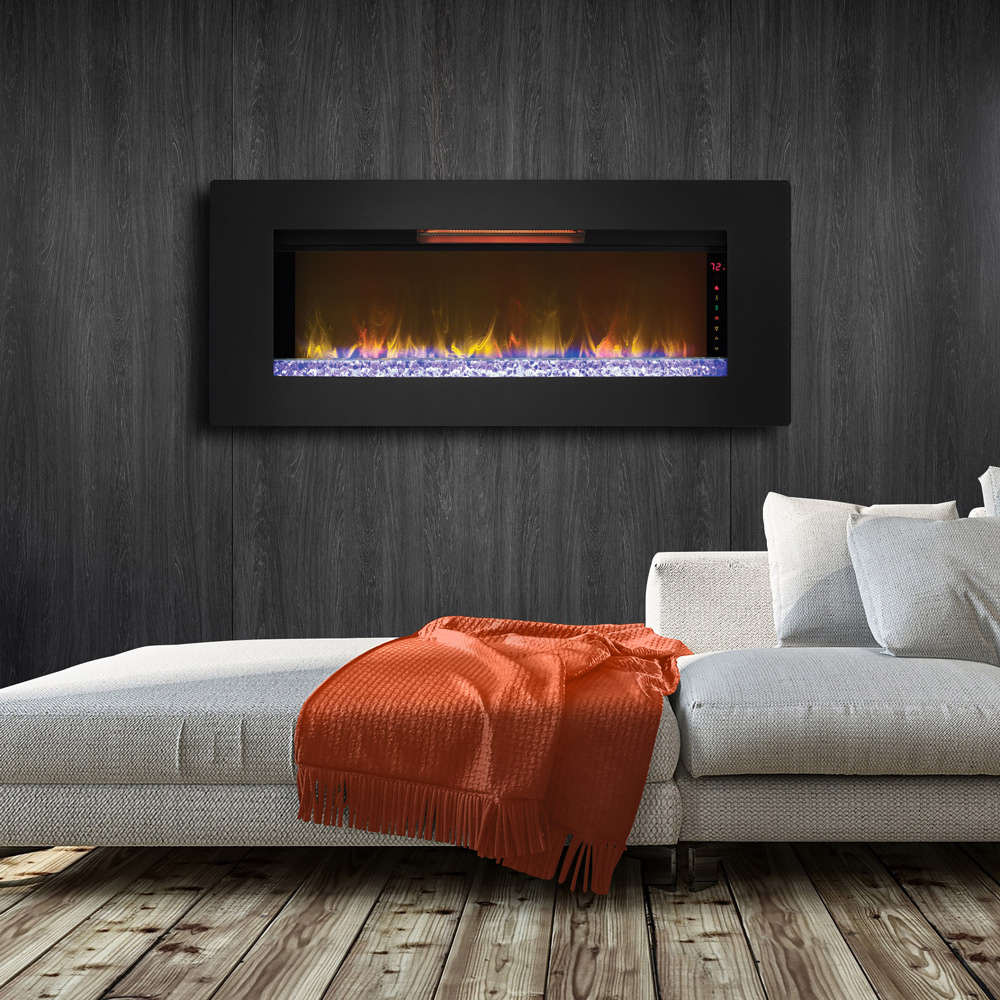
Utilizing Space Heaters
Types of Space Heaters
Space heaters can be a cost-effective solution for heating individual rooms. They allow you to heat only the space you are using, rather than the whole house. Two common types of space heaters are:
- Electric Space Heaters: These are portable and convenient to use in any room. They come in various sizes and can heat up a room quickly. Look for models with adjustable thermostats and safety features like tip-over switches to ensure safe operation.
- Infrared Heaters: Infrared heaters are energy efficient and provide targeted warmth by heating objects and people in the room rather than just the air. They work well in smaller spaces and can create a cozy atmosphere.
Before purchasing a space heater, consider the room size and the heater’s wattage. Ensure the heater you select is suitable for your needs and can adequately warm the designated space without excessive energy consumption.
Positioning and Using Space Heaters Effectively
To maximize the efficiency of space heaters, position them strategically in the room. Place your heater in areas where people will spend the most time, such as near furniture or entertainment areas. Avoid placing the heater near walls or furniture that could block airflow, as this reduces its effectiveness. Additionally, close doors and windows when using the heater to contain the warmth within the room.
Consider using space heaters during peak usage hours when you are in the room. For example, if you tend to be in the living room during the evening, utilize the heater during that time instead of heating the entire house. This targeted usage can lead to significant energy savings, especially if you typically keep the thermostat low when you’re away from home.
Embracing Alternative Heating Methods
Using Hot Water Bottles and Heating Pads
Hot water bottles and heating pads are inexpensive and effective ways to stay warm. Fill a hot water bottle and place it under the covers when you go to bed; it provides warmth throughout the night. Heating pads can also be used for targeted relief on chilly evenings while you relax on the couch.
These methods are perfect for small spaces and can complement your primary heating source. They consume minimal energy and deliver localized heat right where you need it, making them a practical solution for winter warmth.
Cooking and Baking
Using your kitchen appliance to cheapest way to heat a room can be a clever way to keep your space warm. Cooking and baking generate heat that can warm up the kitchen and adjacent areas. When you prepare meals or bake treats, allow the oven to remain open afterward so the warm air disperses into the kitchen. This tactic provides warmth in a cost-effective way, as you’re already utilizing energy for cooking.
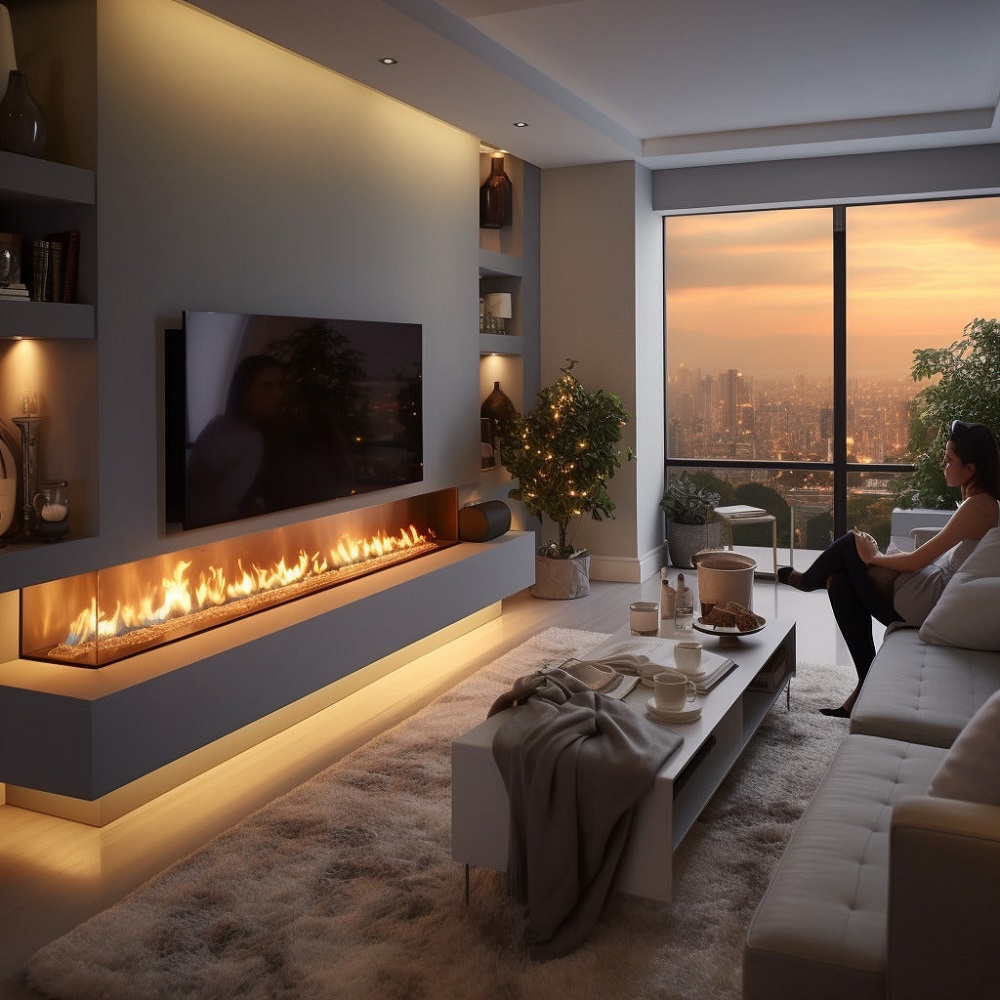
Harnessing Natural Heat Sources
Maximizing Sunlight
Take advantage of natural sunlight to warm up your room. Open window coverings during the day to let sunlight flood in, warming surfaces and air. Consider using thermal curtains or drapes to retain warmth at night. These curtains help minimize heat loss, ensuring that your room stays warm even when temperatures drop outside.
In addition to window coverings, keep windows clean to maximize the amount of sunlight that enters your space. Direct sunlight can significantly impact the temperature in your home, so utilizing this natural resource can lead to healthier heat levels during the day.
Ceiling Fans and Air Circulation
Using ceiling fans can contribute to keeping your room warm. In winter, switch your ceiling fan to rotate clockwise at a low speed. This rotation pushes warm air that has risen to the ceiling down into the room, creating a more even temperature. This simple adjustment can improve comfort and reduce heating costs.
Ensure that your ceiling fans are free from dust and debris, as clean fans will operate more efficiently. In addition to ceiling fans, consider using portable fans to circulate warm air more evenly throughout the room.
DIY Home Insulation Solutions
Weatherproofing Doors and Windows
Improving insulation can make a noticeable difference in maintaining the warmth of your room. Weatherproofing doors and windows is an affordable way to reduce drafts and retain heat. Use weather-stripping tape or foam to seal gaps around doors and windows effectively. This step minimizes airflow; therefore, you will use less energy and cheapest way to heat a room.
Another effective method is adding draft stoppers or curtains to block cold air from seeping in. Make homemade draft stoppers using simple materials like pillows, rolled-up towels, or even pool noodles placed at the base of doors.
Using Reflective Foil
Using reflective aluminum foil on windows can also help insulate your room. Apply the foil with the shiny side facing in to reflect heat back into the room while keeping cold air out. This method serves as an excellent temporary fix and is straightforward to do. Be sure to avoid blocking natural light sources entirely; remove the foil if sunlight is needed for additional warmth or lighting during the day.
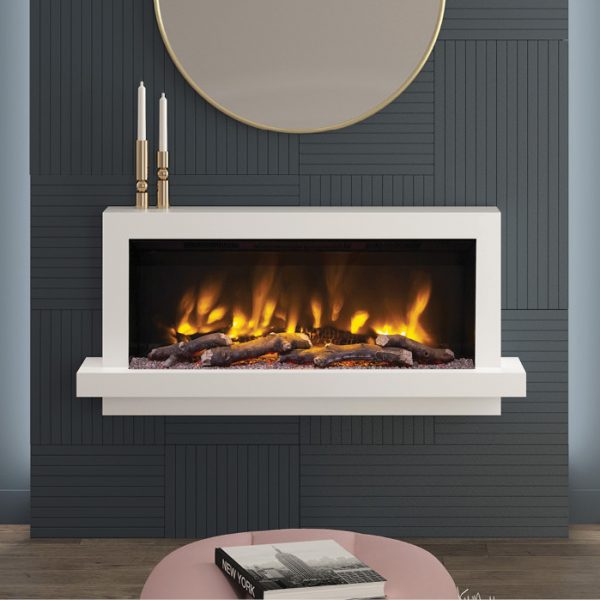
Making Long-Term Investments
Programmable Thermostats
Installing a programmable thermostat can be an excellent long-term investment for maintaining your heating budget. A programmable thermostat allows you to set specific times for heating your home. You can lower the temperature during the day when you’re not home and then have it increase to a comfortable level before you return.
This level of control optimizes energy consumption, significantly cutting heating costs over time. Many modern thermostats also offer smartphone compatibility, allowing you to adjust settings remotely as needed. This ensures you can come home to a warm house without leaving the heating on all day.
Investing in Insulation Upgrades
If you find yourself constantly battling cold drafts, consider a long-term investment in upgrading your home’s insulation. Insufficient insulation is a primary source of heat loss. Adding insulation to attics, walls, and basements can enhance heat retention in your home and lower utility bills over time.
Look for government rebates or tax incentives that often exist for energy efficiency improvements. With energy-efficient upgrades, you not only save on heating bills but also contribute to a more sustainable environment.
Evaluating Your Heating Strategy
Monitoring Your Energy Bills
As you adopt various heating methods, keep track of your energy bills. Evaluate which strategies effectively maintain warmth while minimizing costs. Monthly monitoring will help you identify any issues or inefficiencies in your heating approach. Making adjustments based on your observations can lead to better results and further savings over time.
Consider creating a heating plan that combines multiple methods and effectively balances your needs. By choosing strategies that work best for your unique situation, you can create a comprehensive and cost-effective heating strategy.
Seeking Professional Advice
If heating efficiency remains a persistent issue, it may be worth consulting with a professional. Energy auditors or HVAC experts can provide personalized recommendations based on your specific home and energy needs. They may suggest modifications that enhance the efficiency of your heating system significantly.
Seeking professional advice isn’t just about fixing problems; it’s about obtaining valuable knowledge that empowers you to maintain a cozy and energy-efficient home.
Conclusion
Cheapest way to heat a room on a budget doesn’t have to be a daunting task. With careful planning, practical adjustments, and effective strategies, you can achieve comfort while minimizing your expenses. From using space heaters and natural heat sources to improving insulation and seeking professional help, numerous options are available to help you stay warm this winter.
Experimenting with these cost-effective methods allows you to find what works best for your situation, ensuring that your room remains a refuge of warmth and comfort. Implement these tips, and you’ll create a cozy living space that won’t strain your wallet, allowing you to enjoy winter months in complete comfort.
